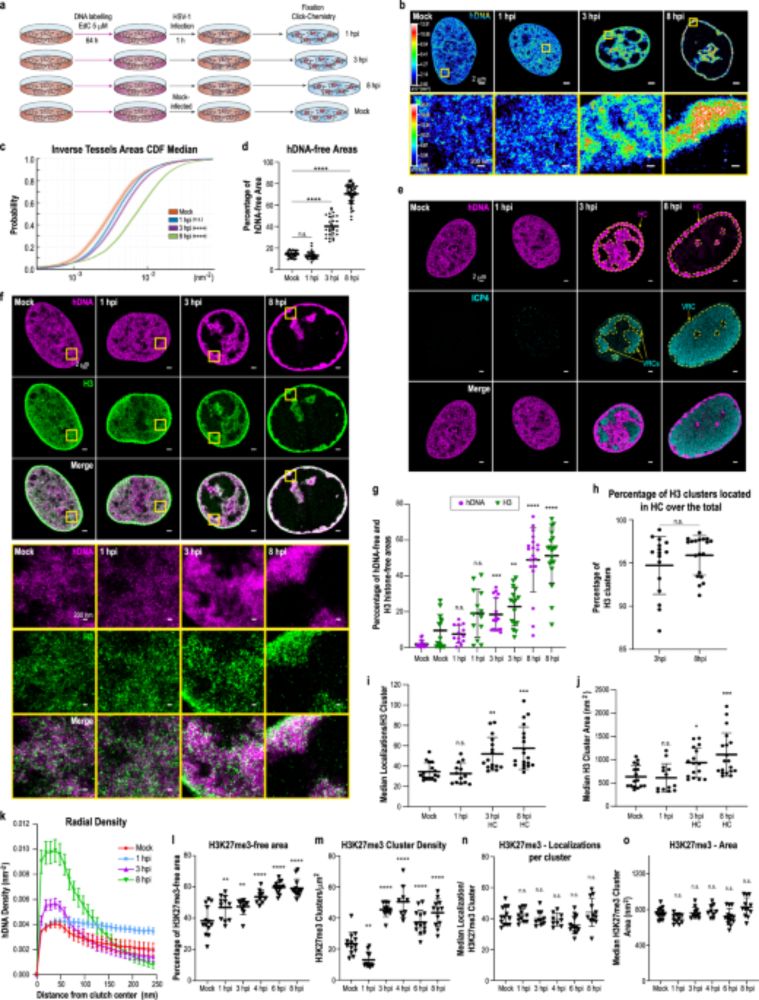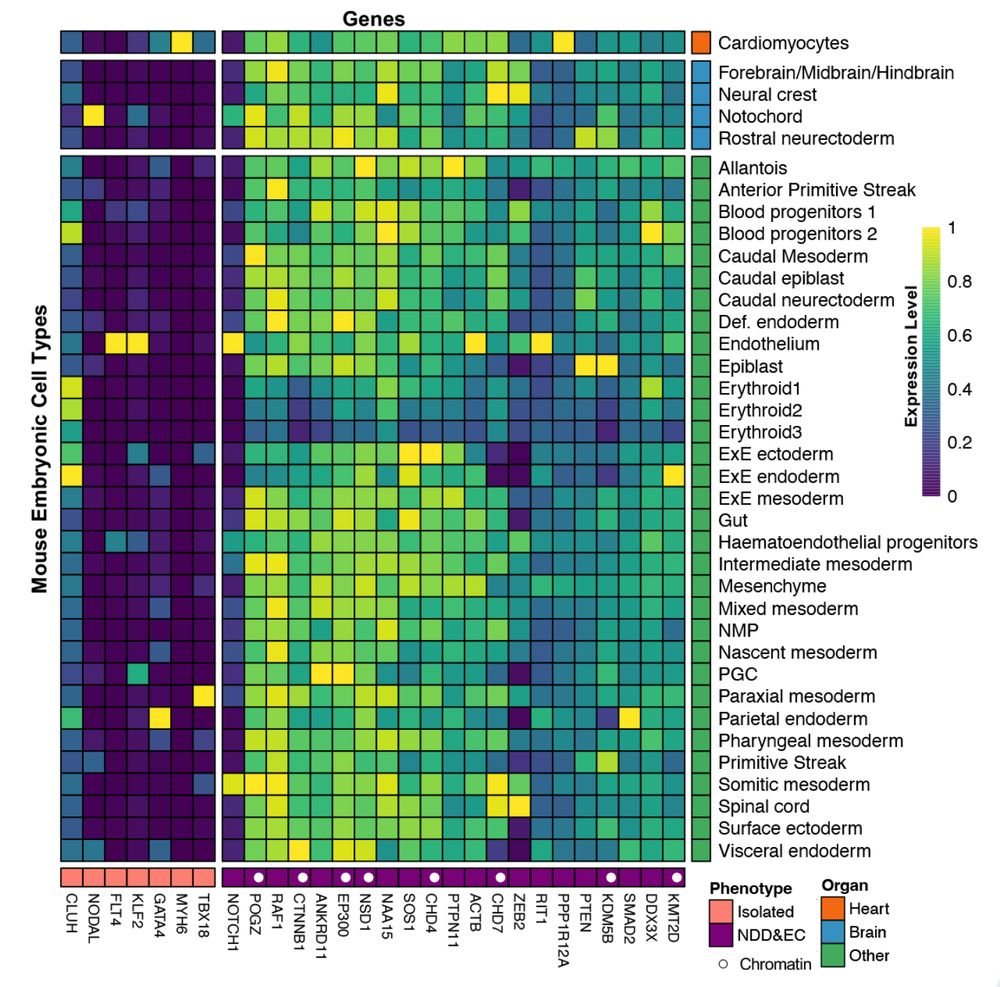



rdcu.be/ekUL7

rdcu.be/ekUL7


#ATAC-seq #chromatin accessibility
Details: doi.org/10.1093/hr/uhae264

#ATAC-seq #chromatin accessibility
Details: doi.org/10.1093/hr/uhae264
www.sciencedirect.com/science/arti...

#biologists100

#biologists100
Join our free webinar TOMORROW, 11AM ET to explore how chromatin mapping assays can uncover drug mechanisms of action.
Great for drug developers + preclinical researchers in oncology, immunology, and beyond.
🔗 Register: www.genengnews.com/multimedia/w...

Join our free webinar TOMORROW, 11AM ET to explore how chromatin mapping assays can uncover drug mechanisms of action.
Great for drug developers + preclinical researchers in oncology, immunology, and beyond.
🔗 Register: www.genengnews.com/multimedia/w...
bmcgenomics.biomedcentral.com/articles/10....

bmcgenomics.biomedcentral.com/articles/10....




@jem.org
doi.org/10.1084/jem....

@jem.org
doi.org/10.1084/jem....
SFB 1064's final annual meeting! Talks, reunion & BBQ Bash 🍖 on May 26-27. Guest speakers: former SFB & IRTG members. Alumni, don’t miss the BBQ & IRTG Satellite Session!
📢 Register now! Scan the QR code or visit: www.sfb1064.med.uni-muenchen.de/chromatin-da...
🐝 there!

SFB 1064's final annual meeting! Talks, reunion & BBQ Bash 🍖 on May 26-27. Guest speakers: former SFB & IRTG members. Alumni, don’t miss the BBQ & IRTG Satellite Session!
📢 Register now! Scan the QR code or visit: www.sfb1064.med.uni-muenchen.de/chromatin-da...
🐝 there!
Then make sure to see Cheryl Szany's talk about optimizing CUT&RUN services, TODAY at 4:30PM!
Stop by booth 103 for additional info and training opportunities to get started with CUT&RUN in your core today!
Then make sure to see Cheryl Szany's talk about optimizing CUT&RUN services, TODAY at 4:30PM!
Stop by booth 103 for additional info and training opportunities to get started with CUT&RUN in your core today!

